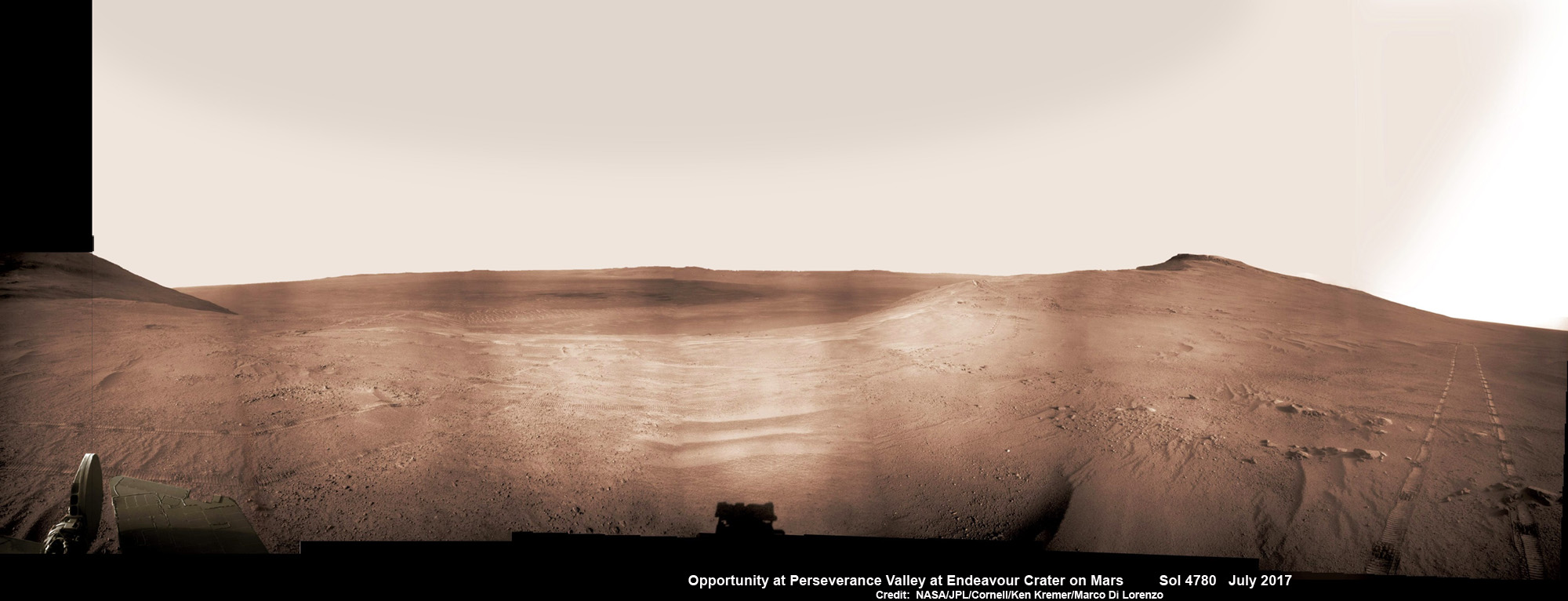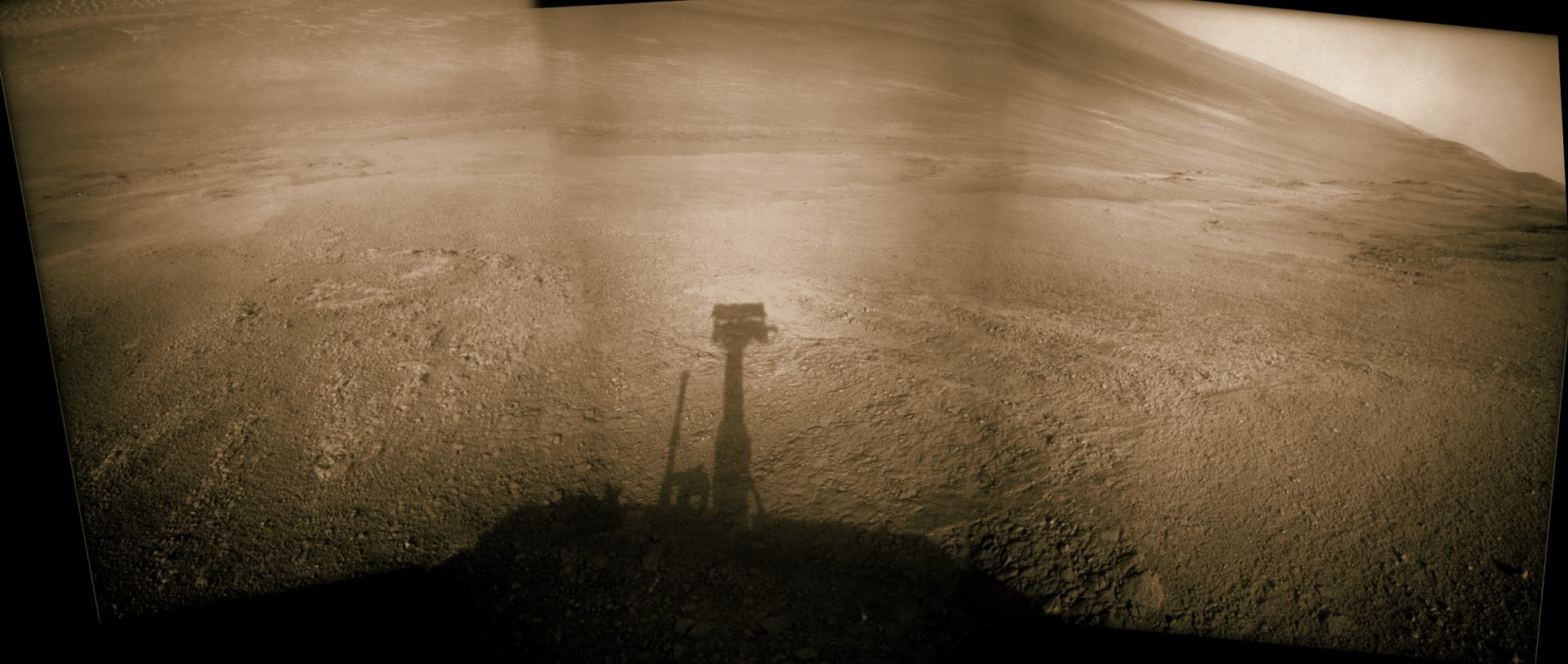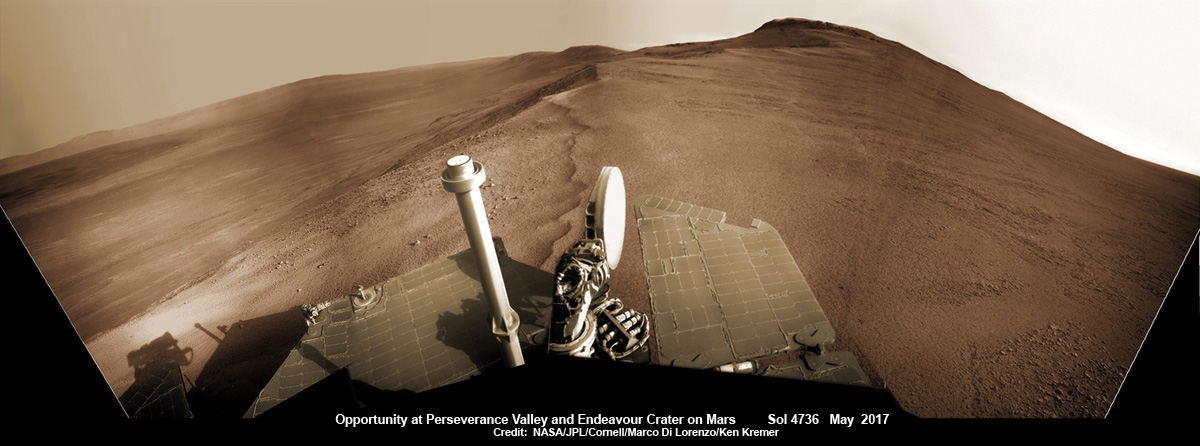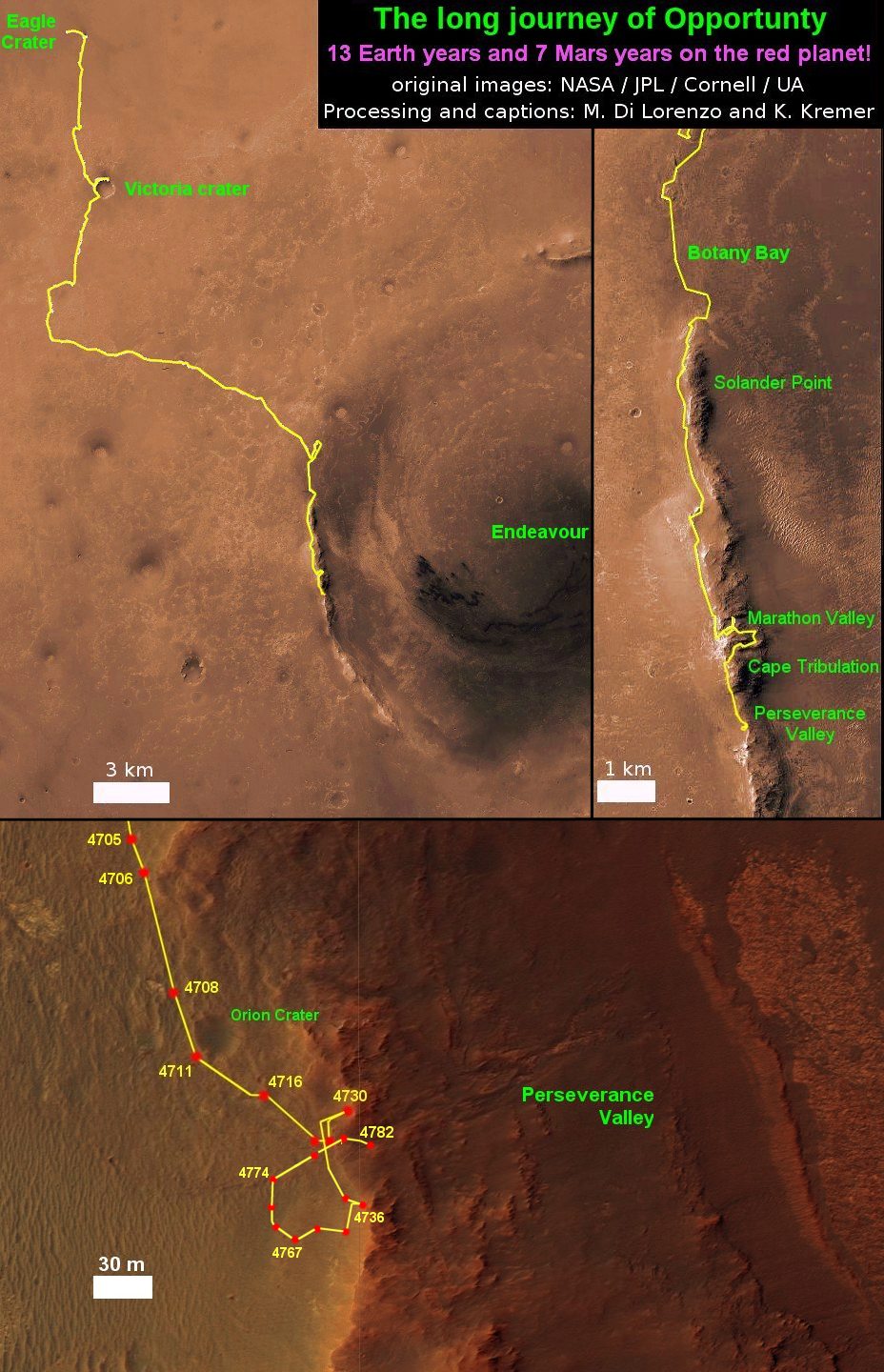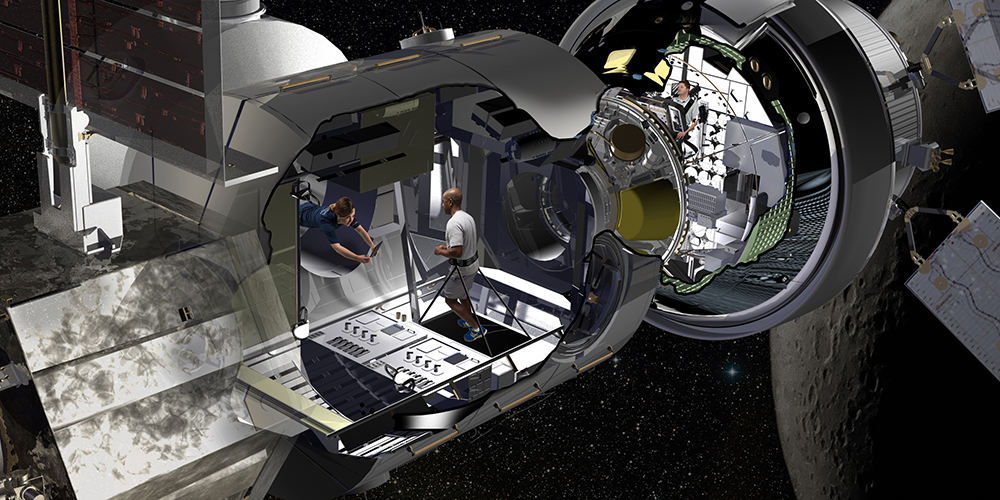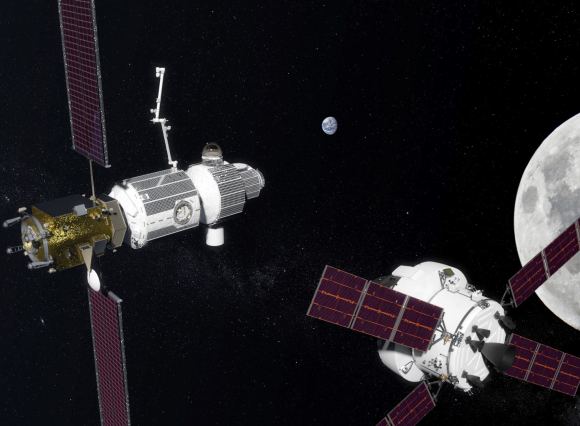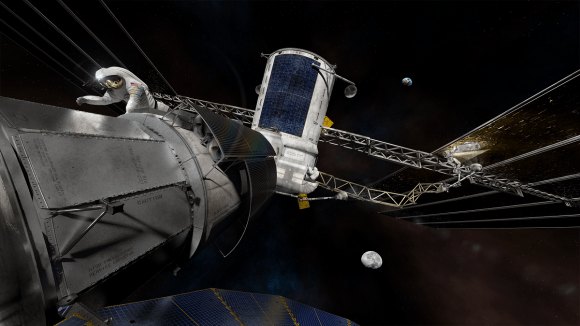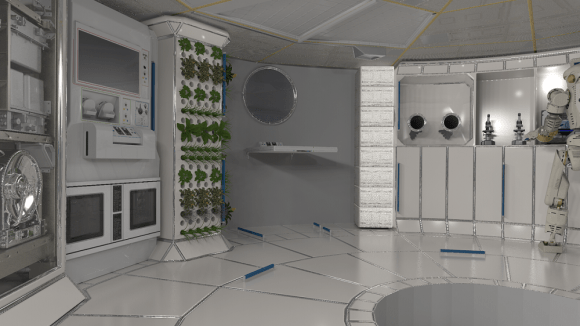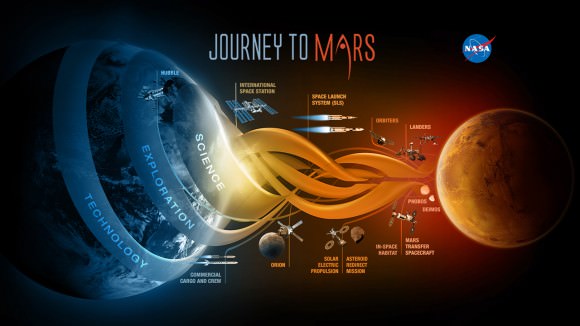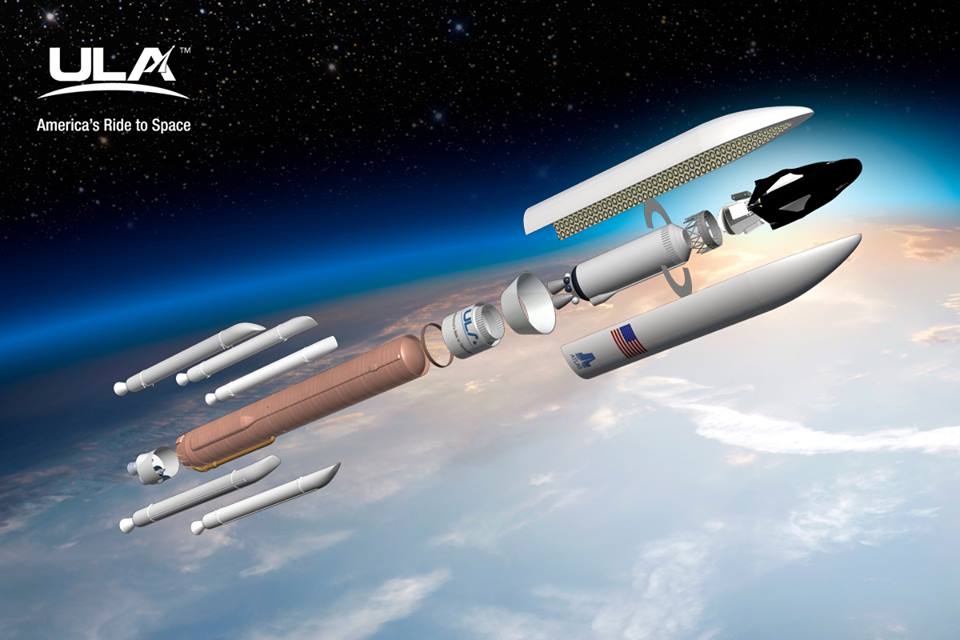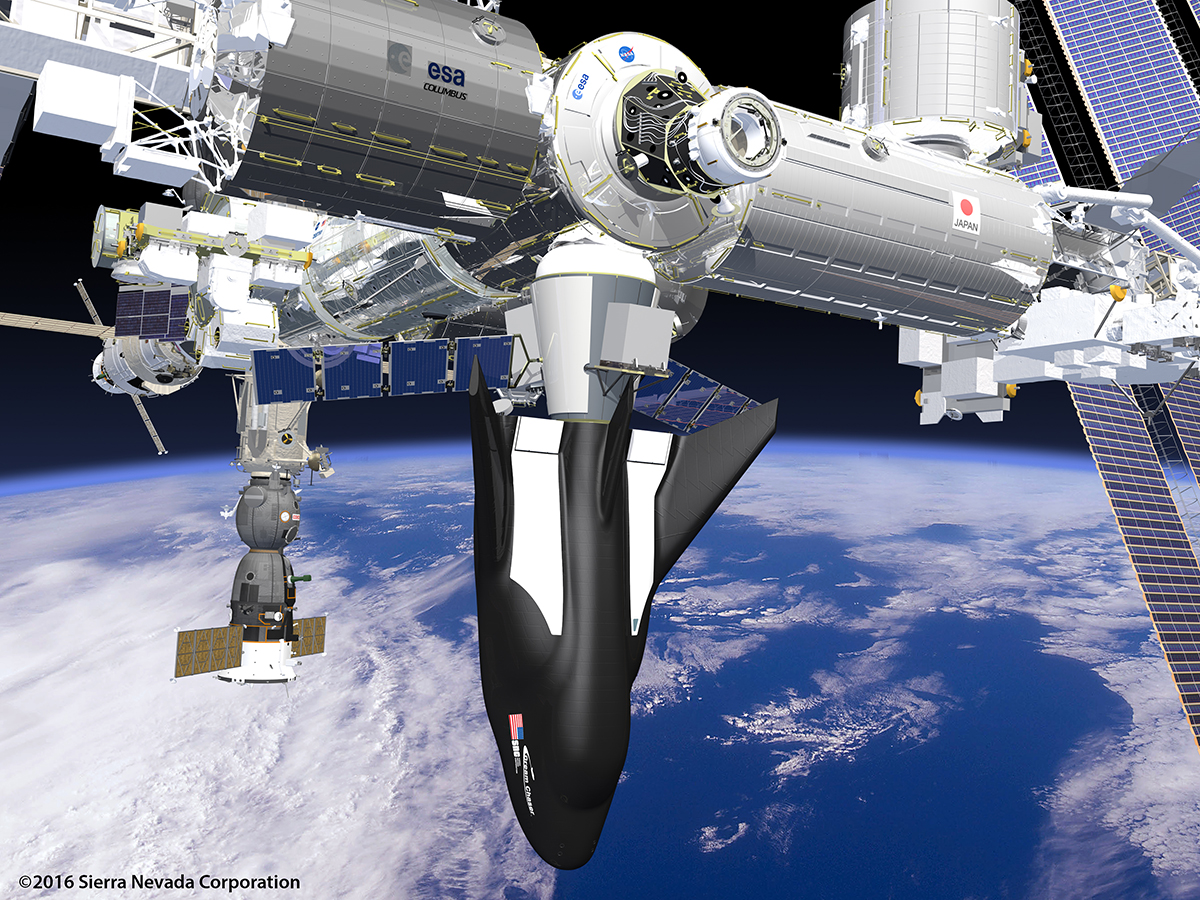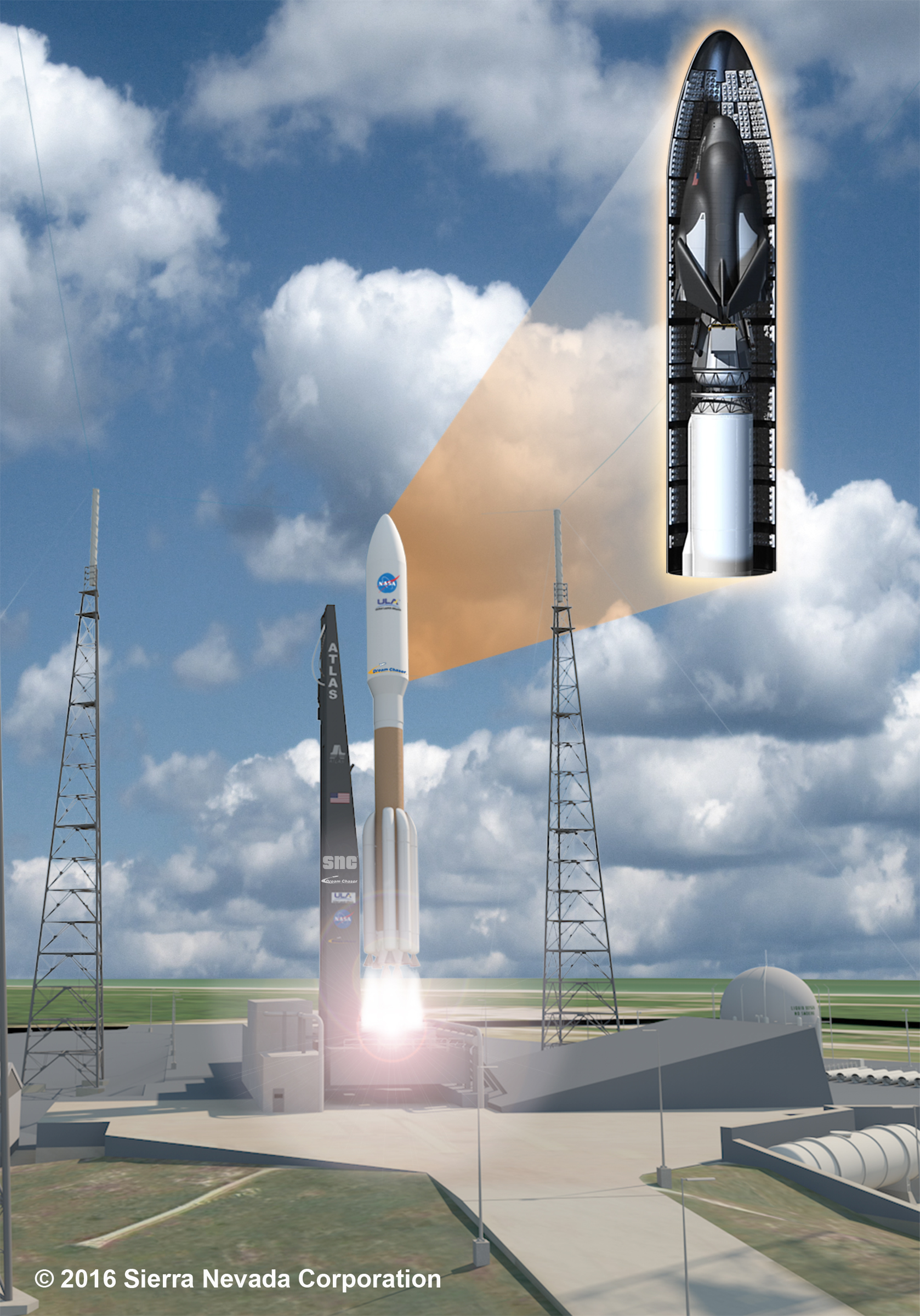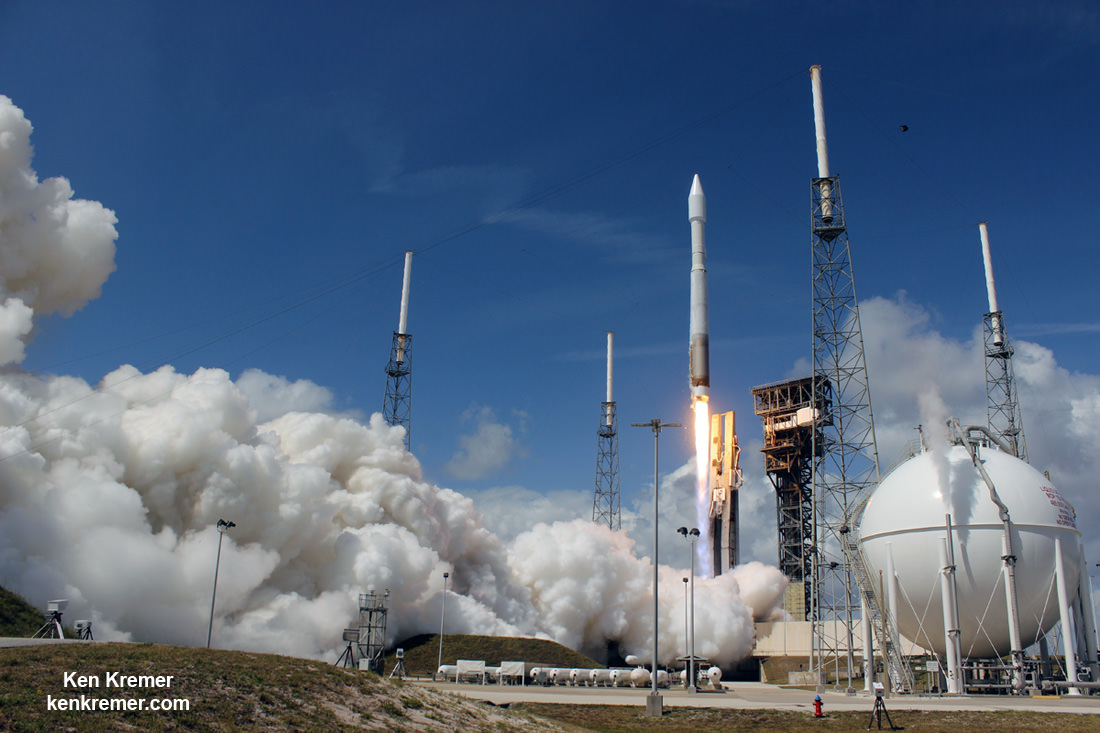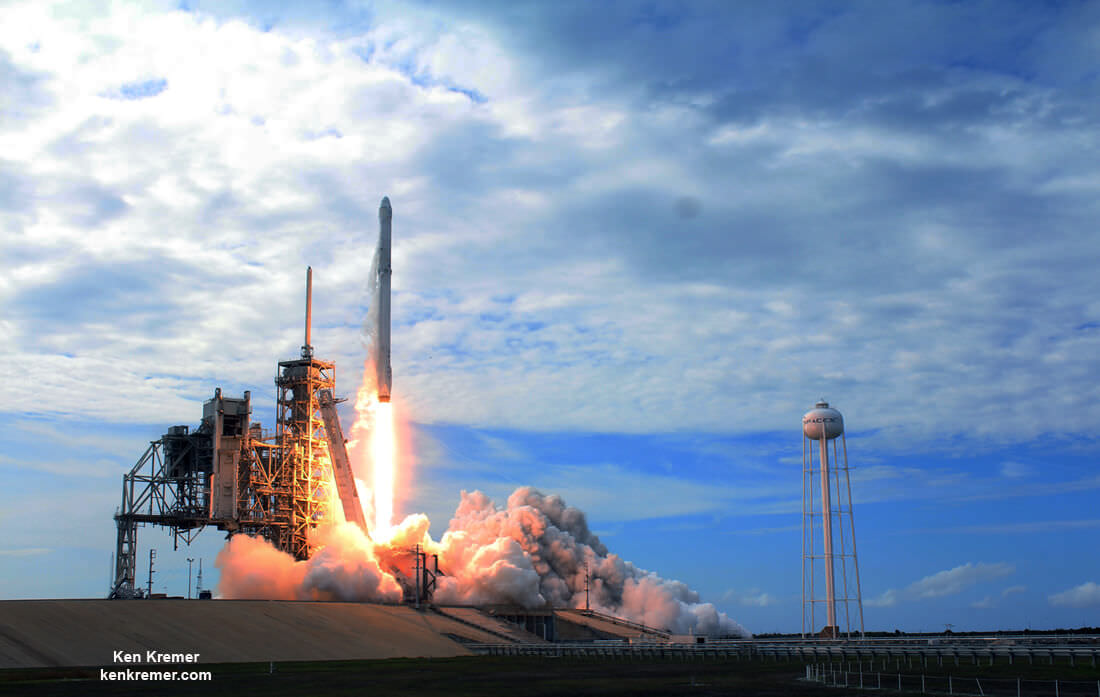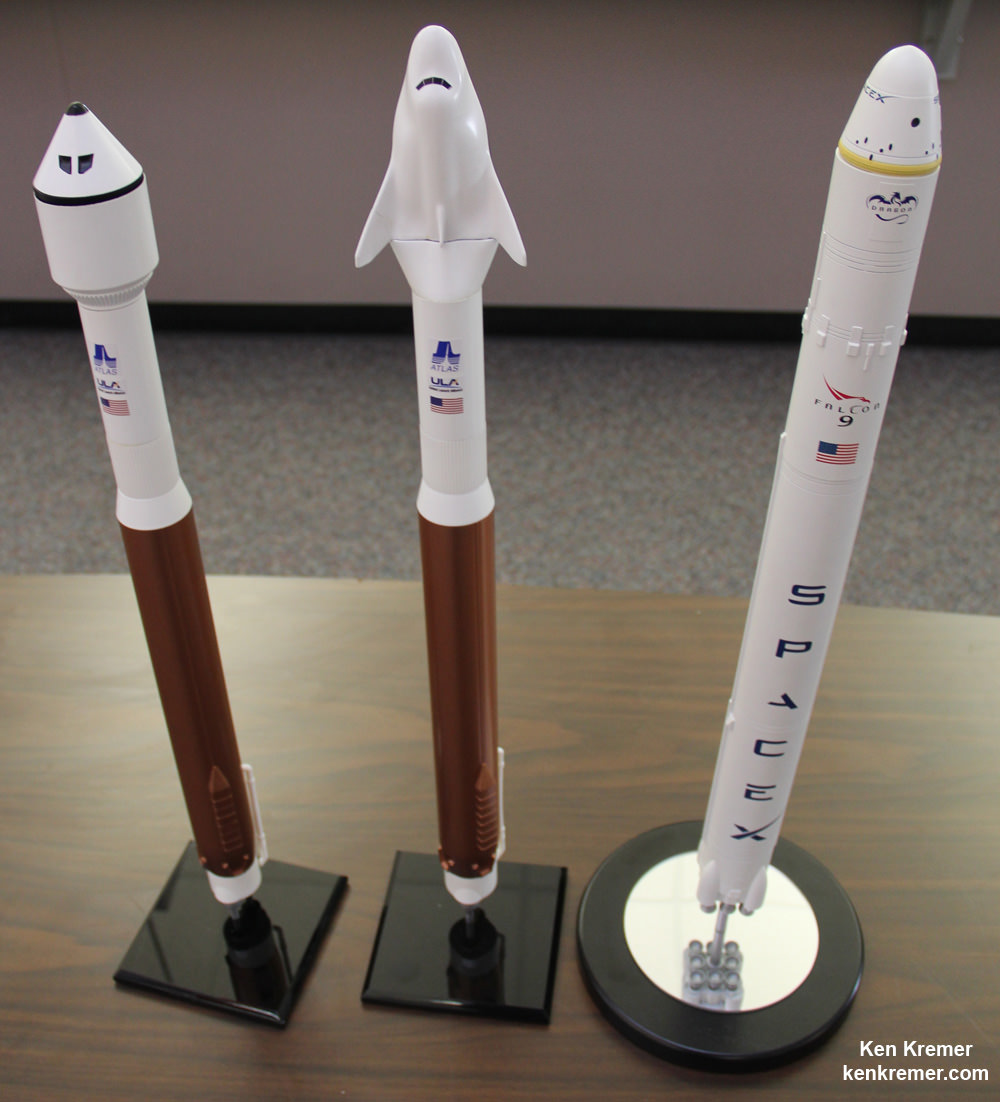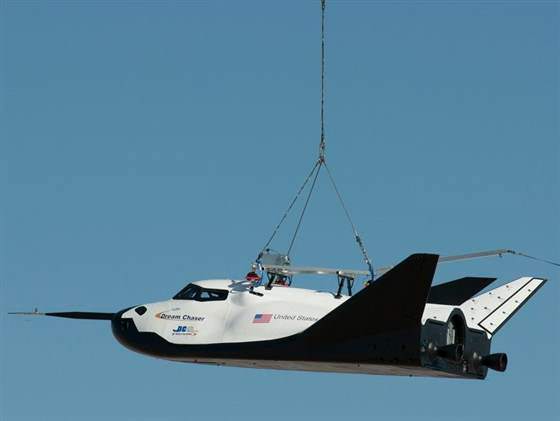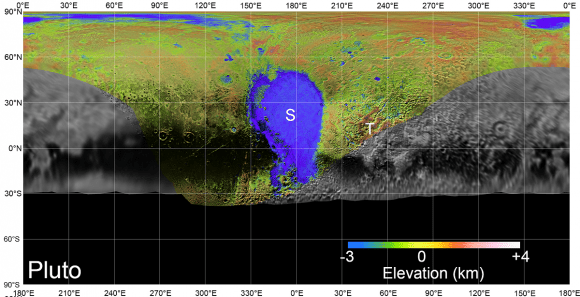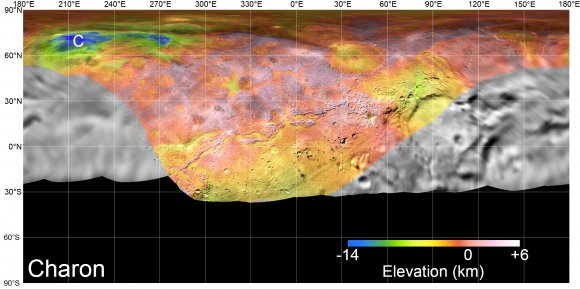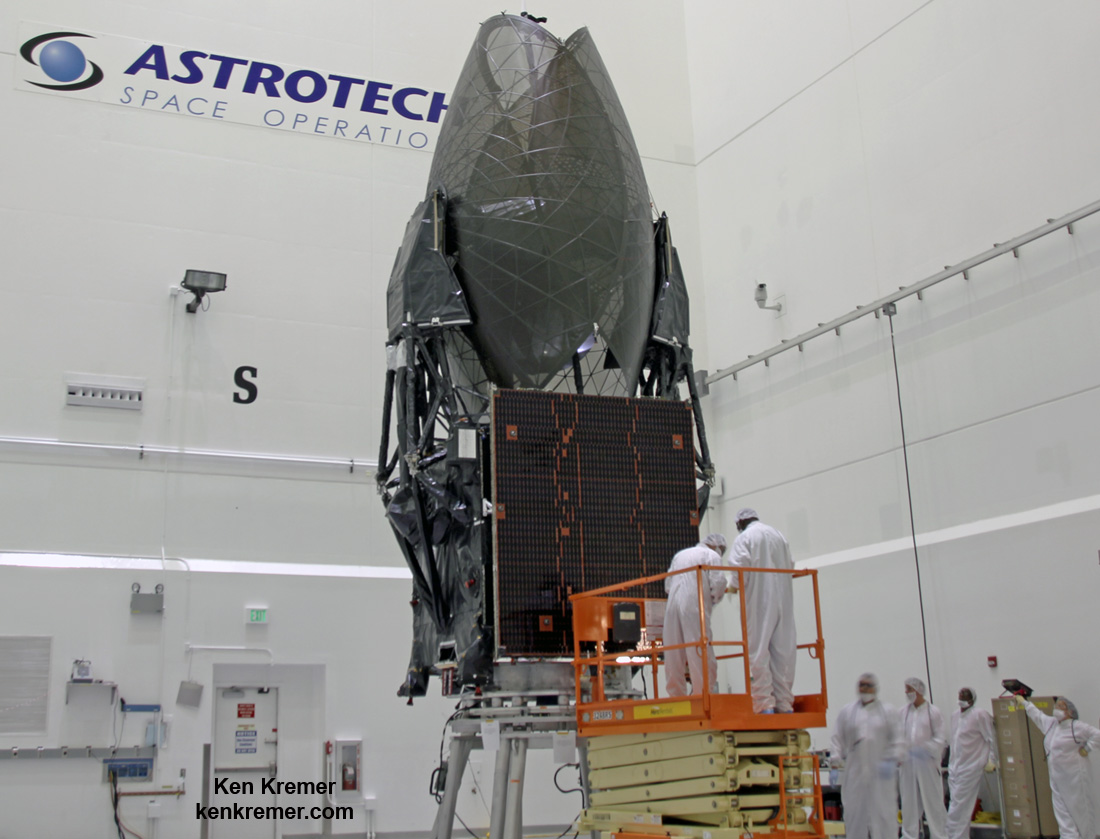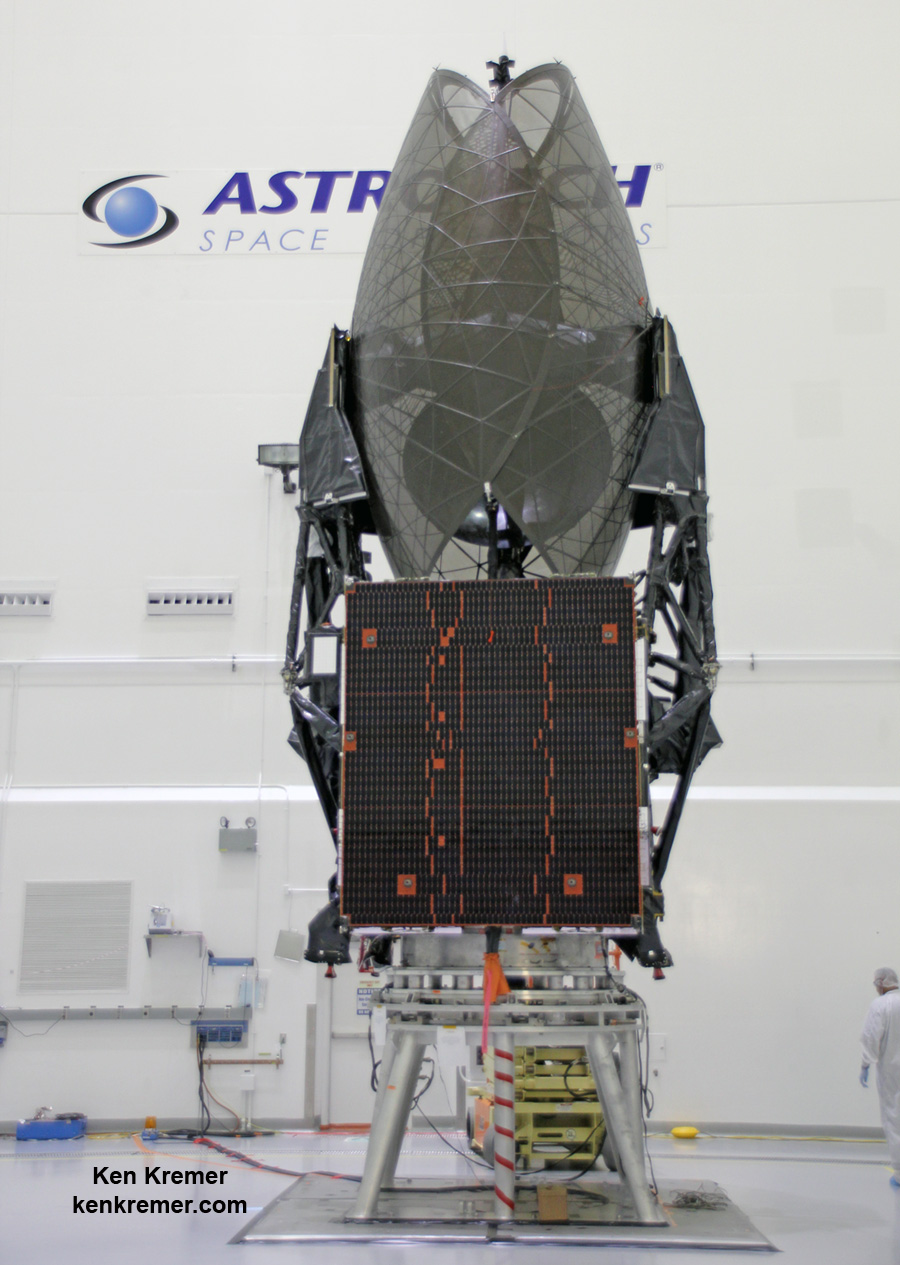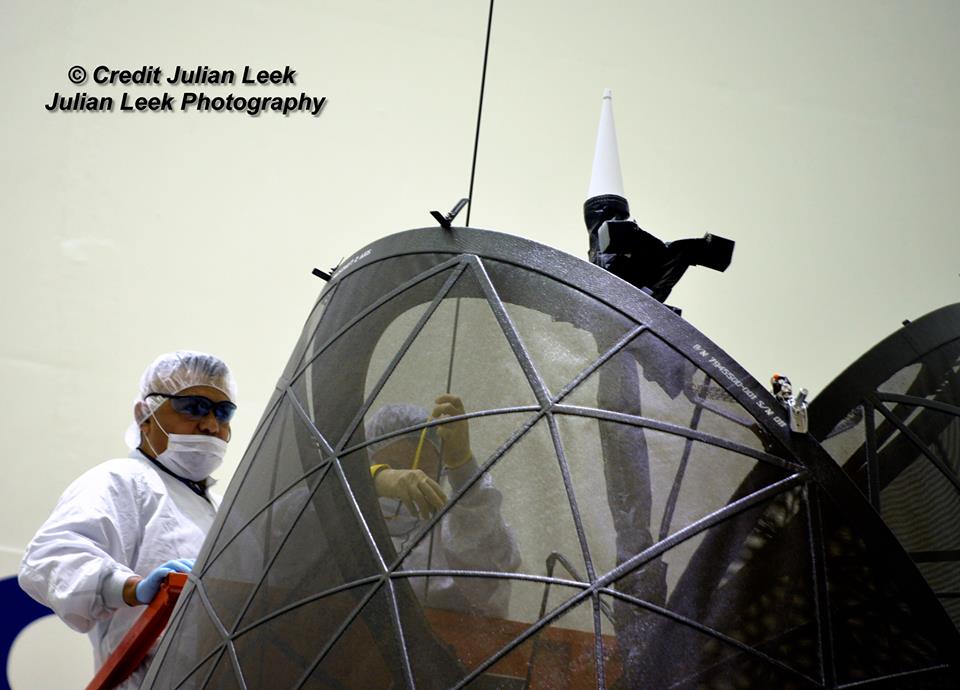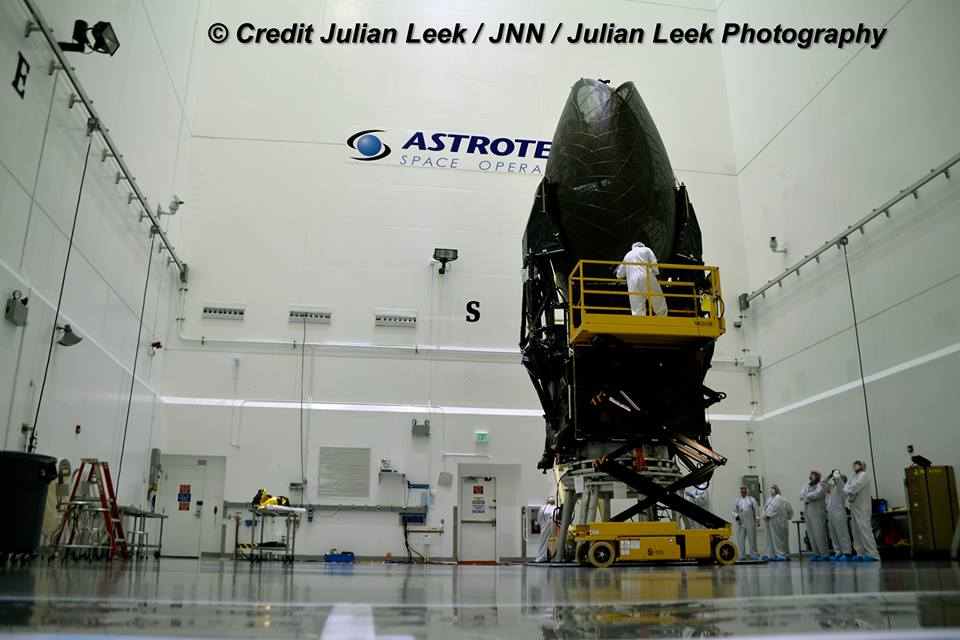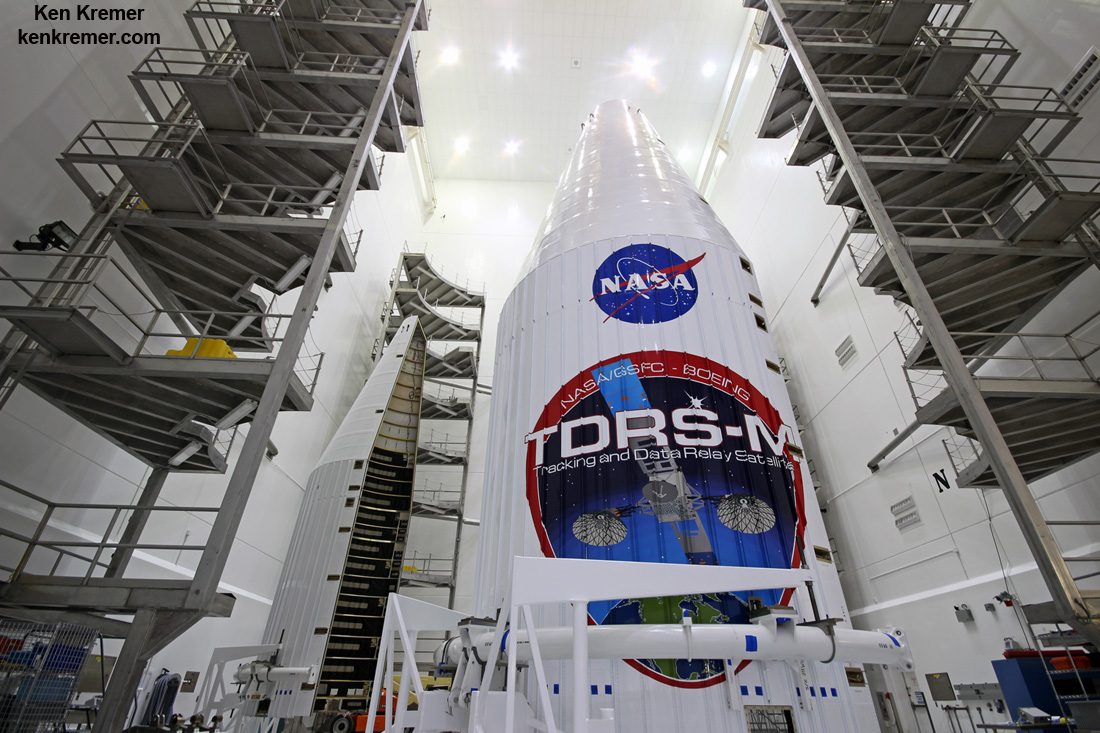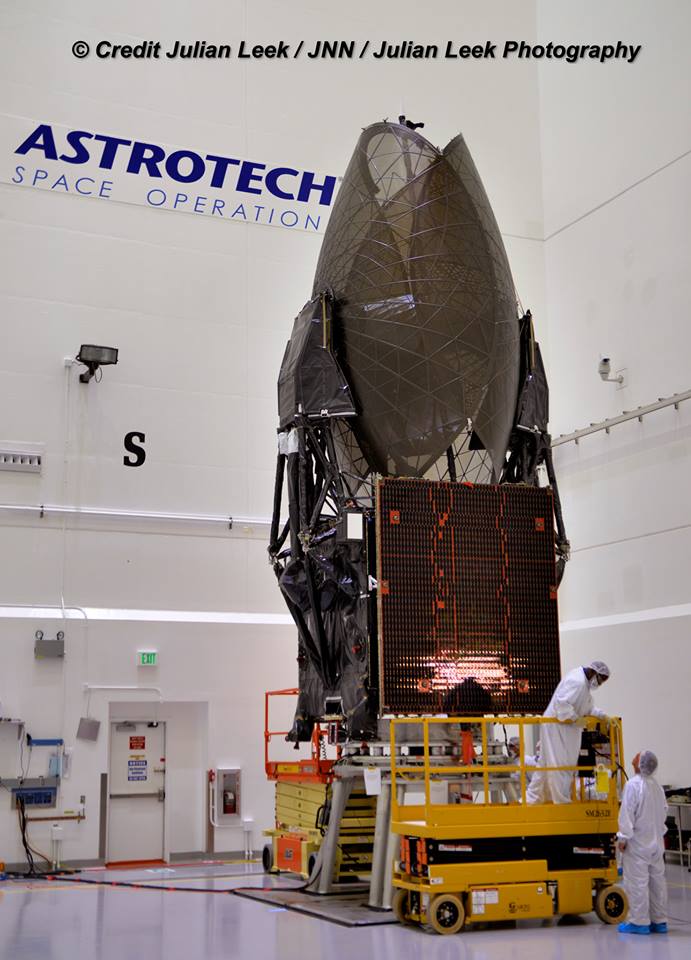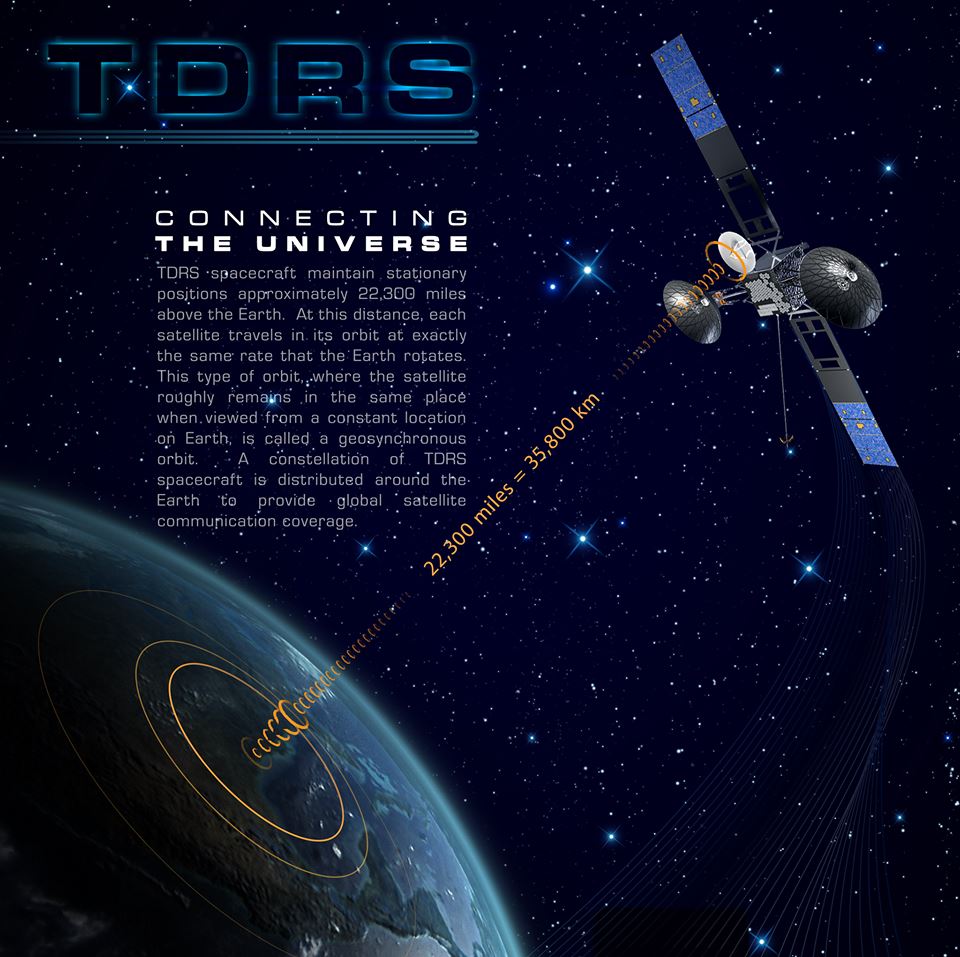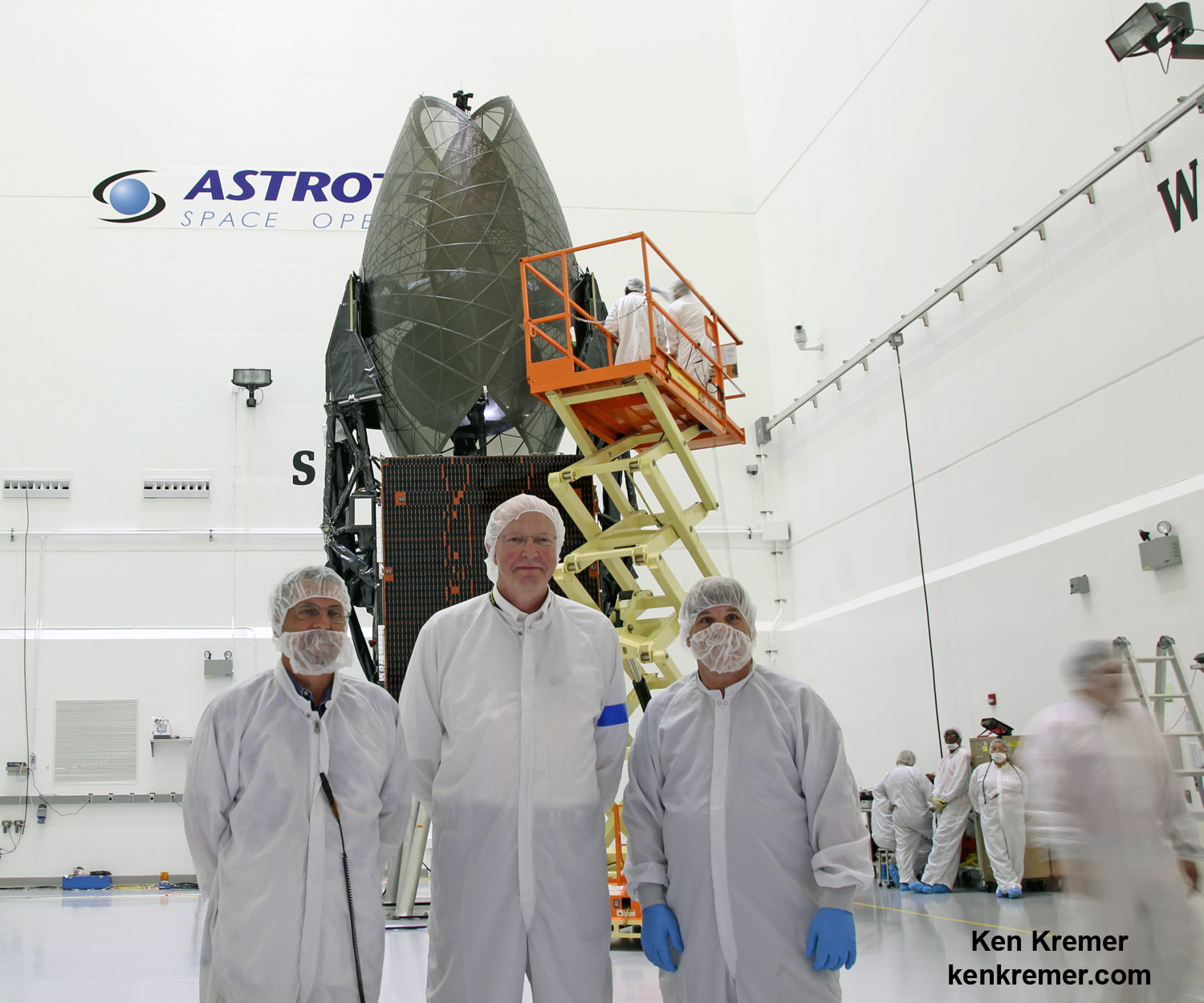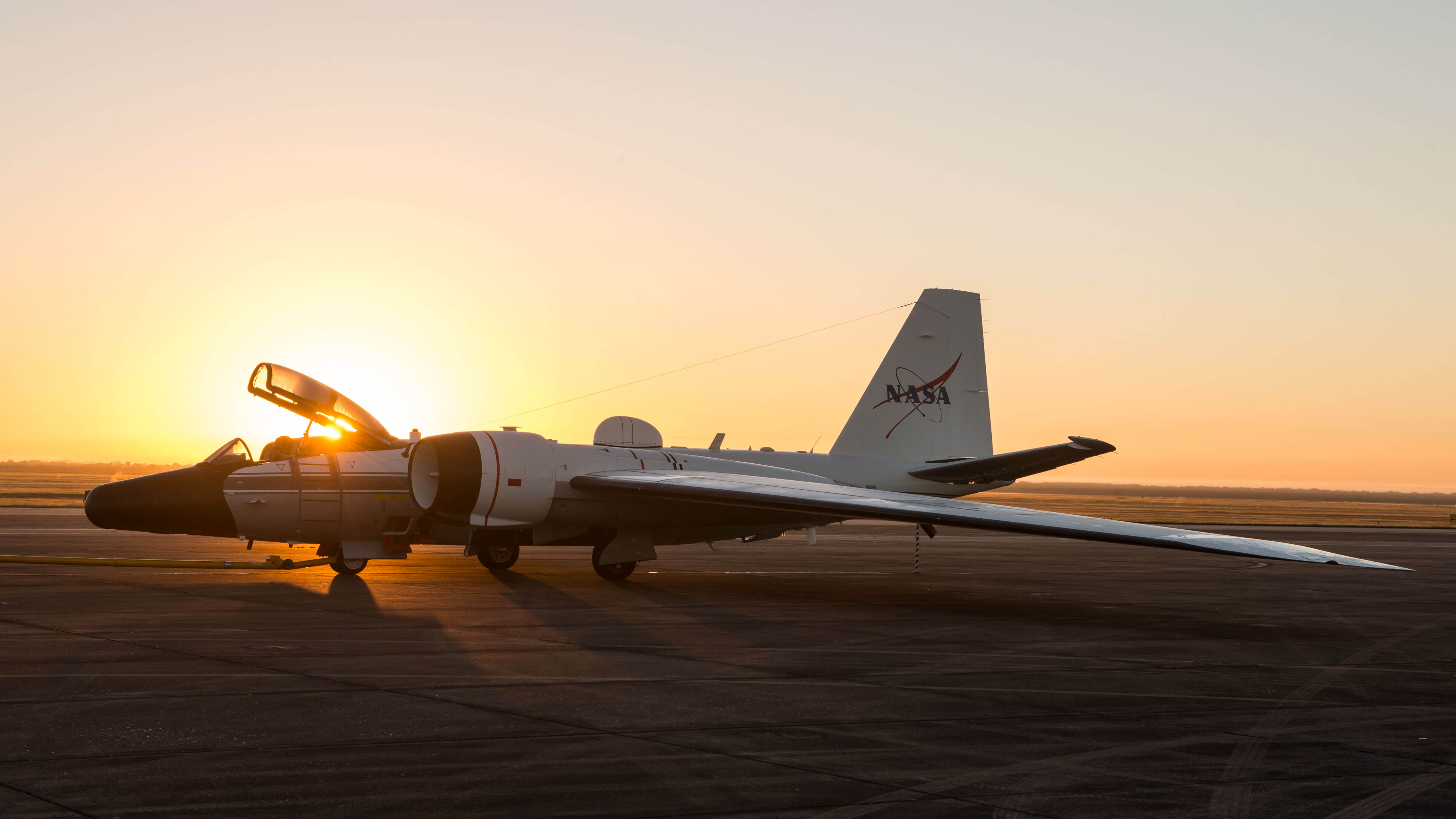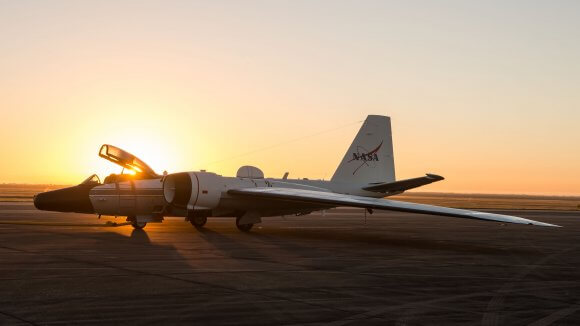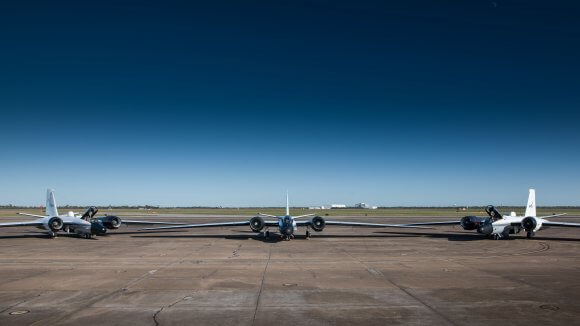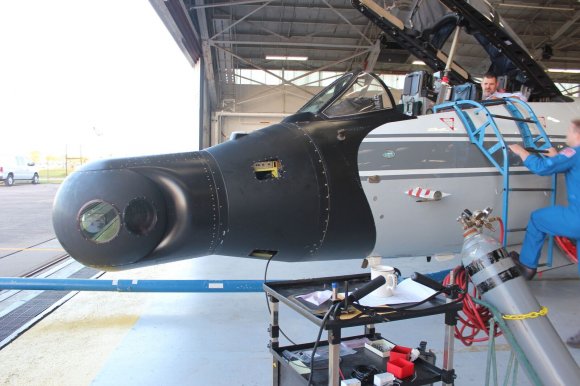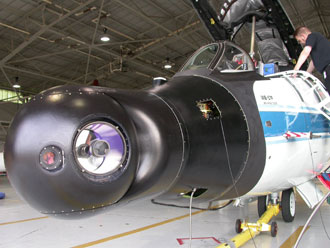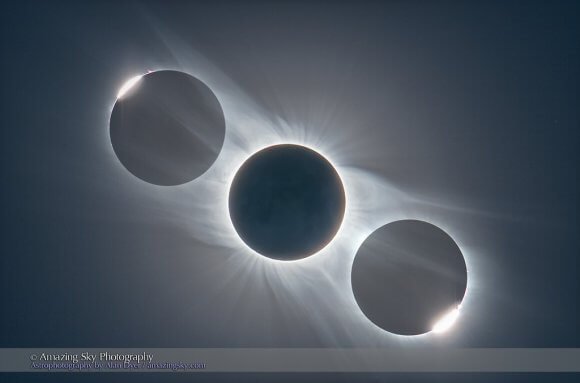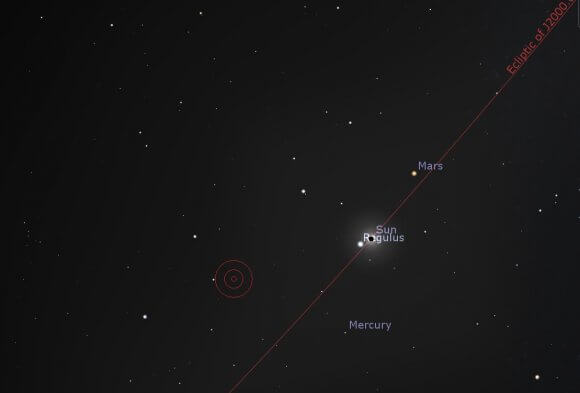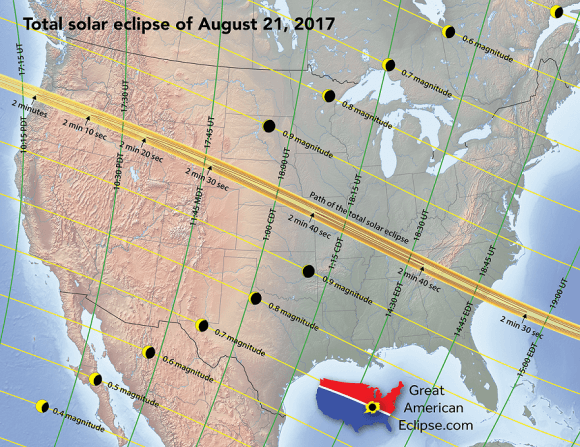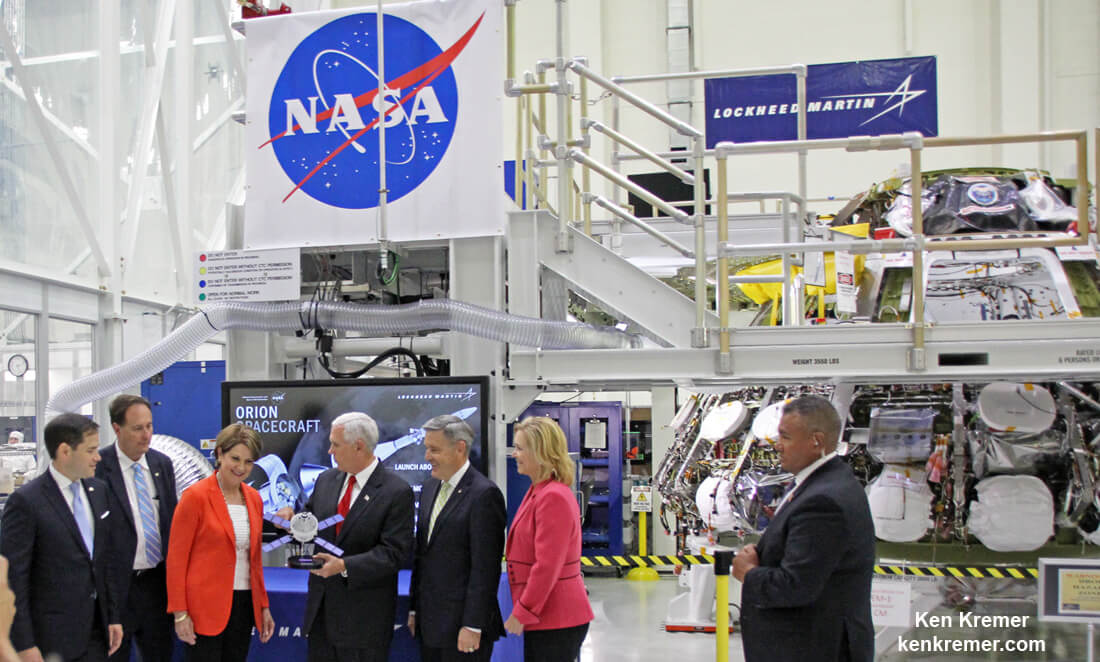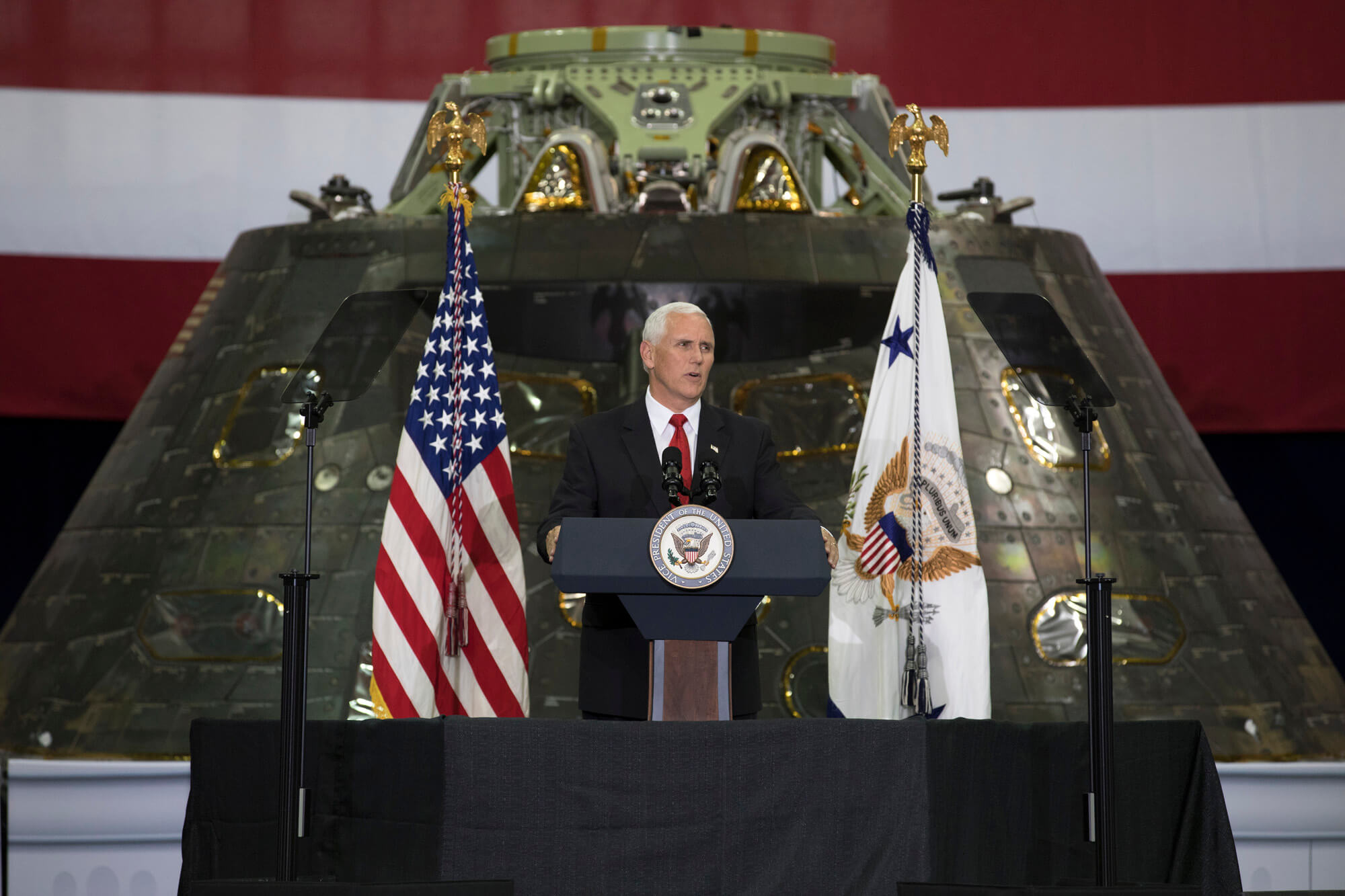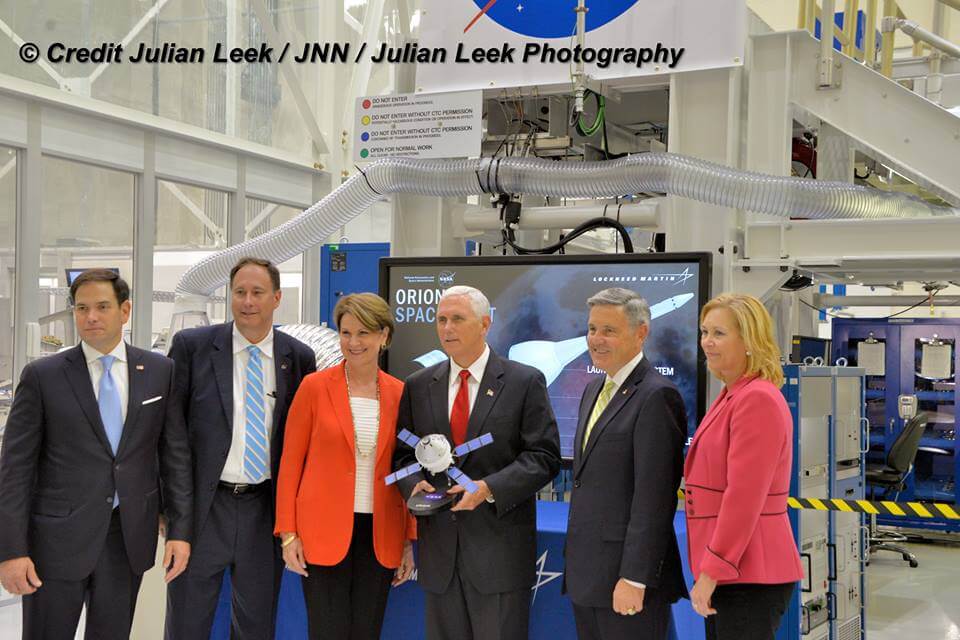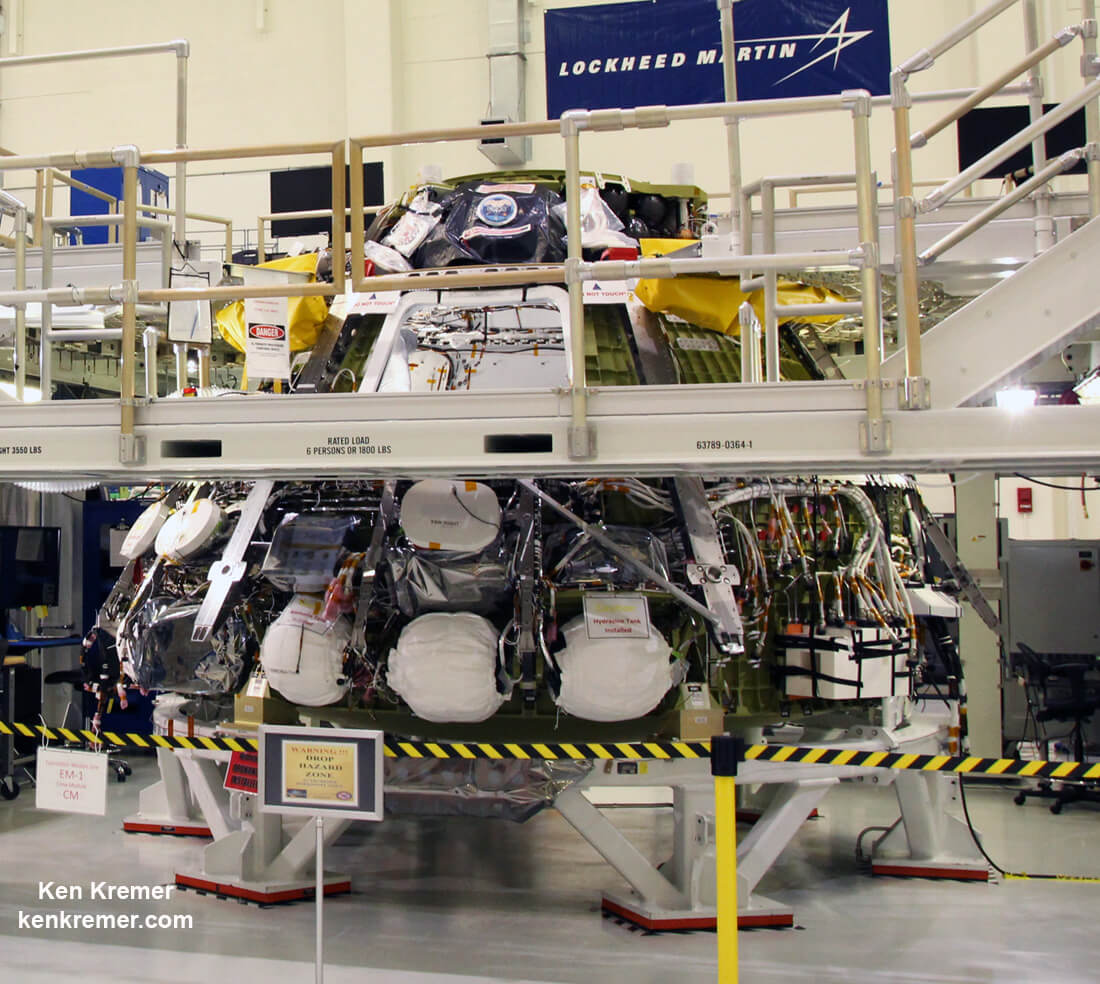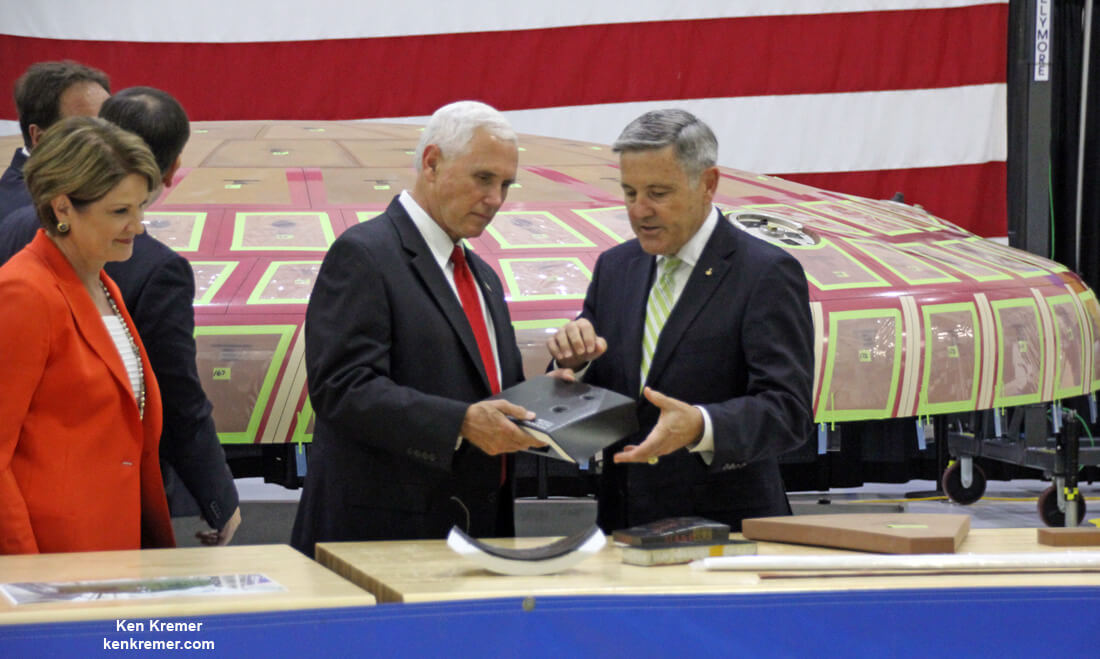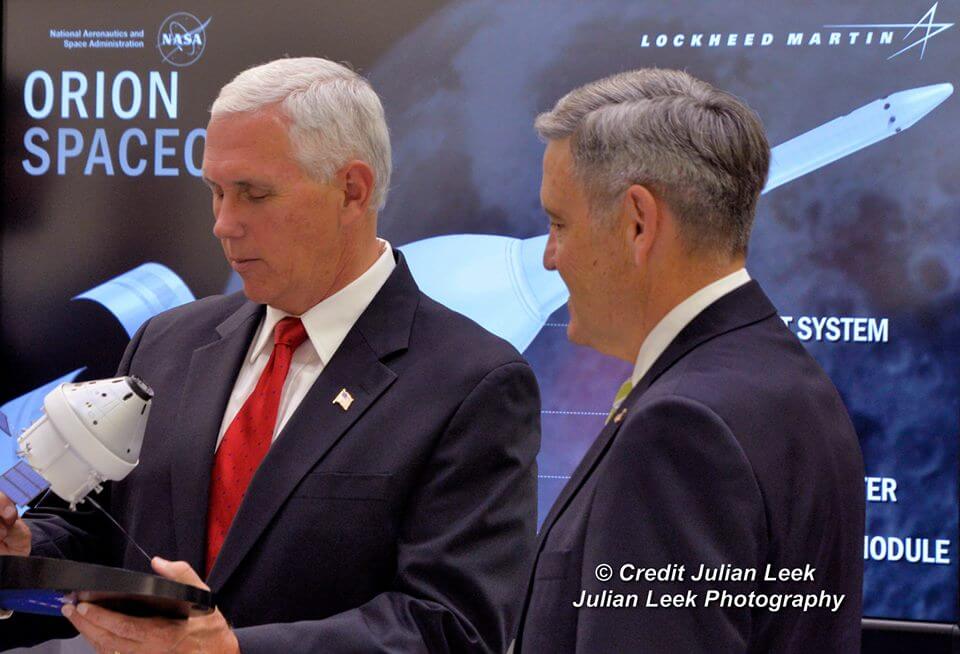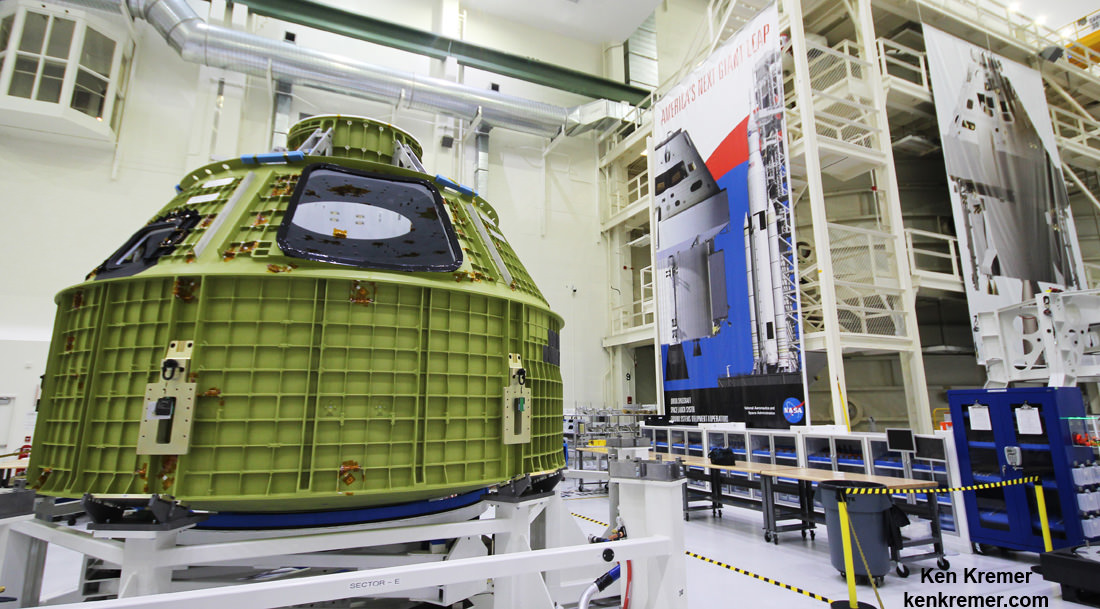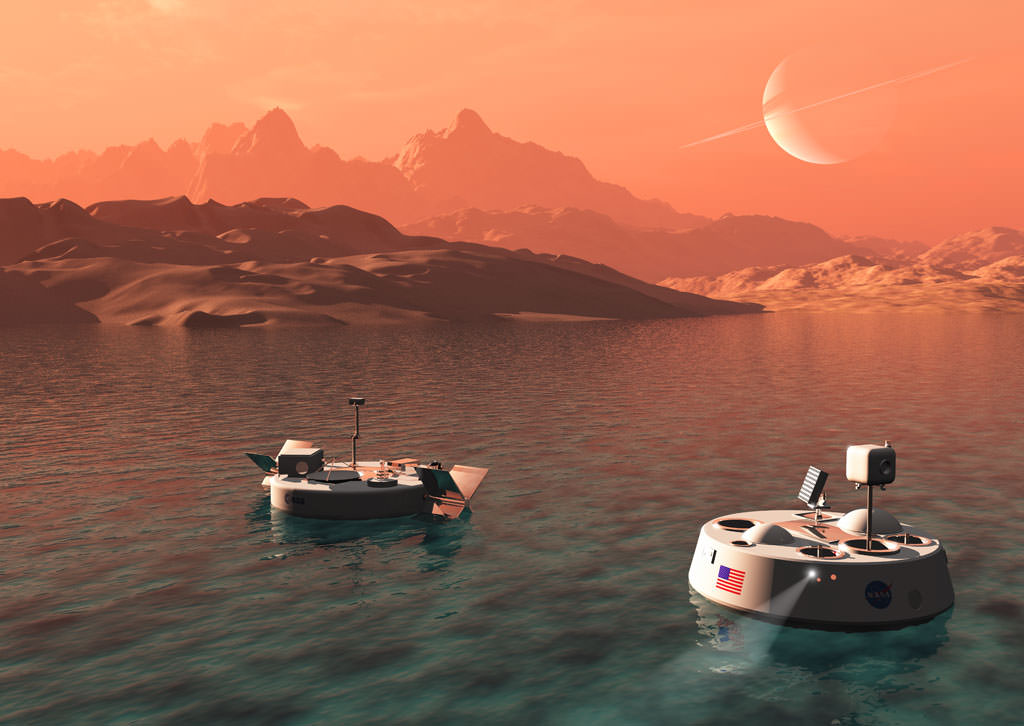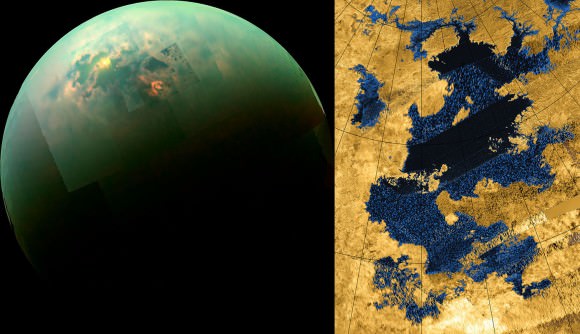NASA is in an awkward in-between time right now. Since the beginning of the space age, the agency has had the ability to send its astronauts into space. The first American to go to space, Alan Shepard, did a suborbital launch on board a Mercury Redstone rocket in 1961.
Then the rest of the Mercury astronauts went on Atlas rockets, and then the Gemini astronauts flew on various Titan rockets. NASA’s ability to hurl people and their equipment into space took a quantum leap with the enormous Saturn V rocket used in the Apollo program.
It’s difficult to properly comprehend just how powerful the Saturn V was, so I’ll give you some examples of things this monster could launch. A single Saturn V could blast 122,000 kilograms or 269,000 pounds into low-Earth orbit, or send 49,000 kilograms or 107,000 pounds on a transfer orbit to the Moon.
Instead of continuing on with the Saturn program, NASA decided to shift gears and build the mostly reusable space shuttle. Although it was shorter than the Saturn V, the space shuttle with its twin external solid rocket boosters could put 27,500 kilograms or 60,000 pounds into Low Earth orbit. Not too bad.
And then, in 2011, the space shuttle program wrapped up. And with it, the United States’ ability to launch humans into the space. And most importantly, to send astronauts to the continuously inhabited International Space Station. That task has fallen to Russian rockets until the US builds back the capability for human spaceflight.

Since the cancellation of the shuttle, NASA’s workforce of engineers and rocket scientists has been developing the next heavy lift vehicle in NASA’s line up: the Space Launch System.
The SLS looks like a cross between a Saturn V and the space shuttle. It has the same familiar solid rocket boosters, but instead of the space shuttle orbiter and its orange external fuel tank, the SLS has the central Core Stage. It has 4 of the space shuttle’s RS-25 Liquid Oxygen engines.
Although two shuttle orbiters were lost in disasters, these engines and their liquid oxygen and liquid hydrogen performed perfectly for 135 flights. NASA knows how to use them, and how to use them safely.
The very first configuration of the SLS, known as the Block 1, should have the ability to put about 70 metric tonnes into Low Earth Orbit. And that’s just the beginning, and it’s just an estimate. Over time, NASA will increase its capabilities and launch power to match more and more ambitious missions and destinations. With more launches, they’ll get a better sense of what this thing is capable of.
After the Block 1 is launching, NASA will develop the Block 1b, which puts a much larger upper stage on top of the same core stage. This upper stage will have a larger fairing and more powerful second stage engines, capable of putting 97.5 metric tonnes into low Earth orbit.
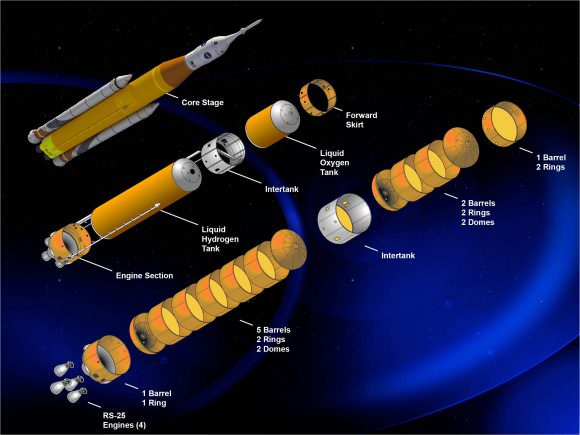
Finally, there’s the Block 2, with an even larger launch fairing, and more powerful upper stage. It should blast 143 tonnes into low Earth orbit. Probably. NASA is developing this version as a 130 tonne-class rocket.
With this much launch capacity, what could be done with it? What kinds of missions become possible on a rocket this powerful?
The main goal for SLS is to send humans out, beyond low Earth orbit. Ideally to Mars in the 2030s, but it could also go to asteroids, the Moon, whatever you like. And as you’ll read later on in this article, it could send some amazing scientific missions out there too.
The very first flight for SLS, called Exploration Mission 1, will be to put the new Orion crew module into a trajectory that takes it around the Moon. In a very similar flight to Apollo 8. But there won’t be any humans, just the unmanned Orion module and a bunch of cubesats coming along for the ride. Orion will spend about 3 weeks in space, including about 6 days in a retrograde orbit around the Moon.
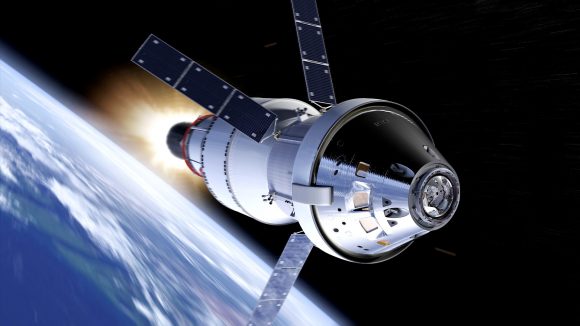
If all goes well, the first use of the SLS with the Orion crew module will happen some time in 2019. But also, don’t be surprised if it gets pushed back, that’s the name of the game.
After Exploration Mission 1, there’s be EM-2, which should happen a few years after that. This’ll be the first time humans get into an Orion crew module and take a flight to space. They’ll spend 21 days in a lunar orbit, and deliver the first component of the future Deep Space Gateway, which will be the subject of a future article.
From there, the future is unclear, but SLS will provide the capability to put various habitats and space stations into cislunar space, opening up the future of human space exploration of the Solar System.
Now you know where SLS is probably headed. But the key to this hardware is that it gives NASA raw capability to put humans and robots into space. Not just here on Earth, but way across the Solar System. New space telescopes, robotic explorers, rovers, orbiters and even human habitats.
In a recent study called “The Space Launch System Capabilities for Beyond Earth Missions,” a team of engineers mapped out what the SLS should be capable of putting into the Solar System.
For example, Saturn is a difficult planet to reach, and it order to get there, NASA’s Cassini spacecraft needed to do several gravitational slingshots around Earth and one past Jupiter. It took almost 7 years to get to Saturn.
SLS could send missions to Saturn on more direct trajectory, cutting the flight time down to just 4 years. Block 1 could send 2.7 tonnes to Saturn, while Block 1b could loft 5.1 tonnes.
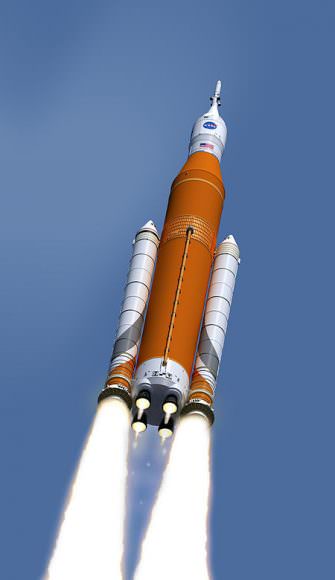
NASA is considering a mission to Jupiter’s Trojan asteroids. These are a collection of space rocks trapped in Jupiter’s L4/L5 Lagrange points, and could be a fascinating place to study. Once put into the Trojan region, a mission could visit several different asteroids, sampling a vast range of rocks that detail the Solar System’s early history.
The Block 1 could put almost 3.97 tonnes into these orbits, while the Block 1b could do 7.59 tonnes. That’s 6 times the capability of an Atlas V. A mission like this would have a cruise time of 10 years.
In a previous video, we talked about future Uranus and Neptune missions, and how a single SLS could send spacecraft to both planets simultaneously.
Another idea that I really like is an inflatable habitat from Bigelow Aerospace. The BA-2100 module would be a fully self-contained space habitat. No need for other modules, this monster would be 65 to 100 tonnes, and would go up in a single launch of SLS. Once inflated, it would contain 2,250 cubic meters, which is almost 3 times the total living space of the International Space Station.
One of the most exciting missions, to me, is a next generation space telescope. Something that would be the true spiritual successor to the Hubble Space Telescope. There are a few proposals in the works right now, but the idea I like best is the LUVOIR telescope, which would have a mirror that measures 16 meters across.
The SLS Block 1b could put 36.9 tonnes into Sun-Earth Lagrange Point 2. Really there’s nothing else out there that could put this much mass into that orbit.
Just for comparison, Hubble has a mirror of 2.4 meters across, and James Webb is 6.5. With LUVOIR, you would have 10 times more resolution than James Webb, and 300 times more power than Hubble. But like Hubble, it would be capable of seeing the Universe in visible and other wavelengths.
A telescope like this could directly image the event horizons of supermassive black holes, see right to the edge of the observable Universe and watch the first galaxies forming their first stars. It could directly observe planets orbiting other stars and help us determine if they have life on them.
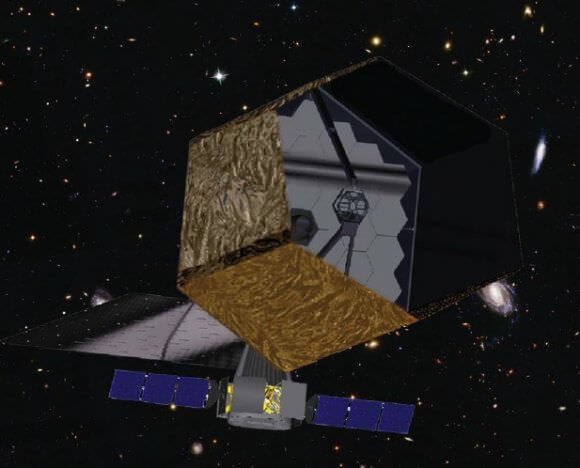
Seriously, I want this telescope.
At this point, I know this is going to set off a big argument about NASA versus SpaceX versus other private launch providers. That’s fine, I get it. And the Falcon Heavy is expected to launch later this year, bringing heavy lift launch capabilities at an affordable price. It’ll be able to loft 54,000 kilograms, which is less than the SLS Block 1, and almost a third of the capability of the Block 2. Blue Origins has its New Glenn, there are heavier rockets in the works from United Launch Alliance, Arianespace, the Russian Space Agency, and even the Chinese. The future of heavy lift has never been more exciting.
If SpaceX does get the Interplanetary Transport Ship going, with 300 tonnes into orbit on a reusable rocket. Well then, everything changes. Everything.
Until then, I’m still looking forward to the SLS.


